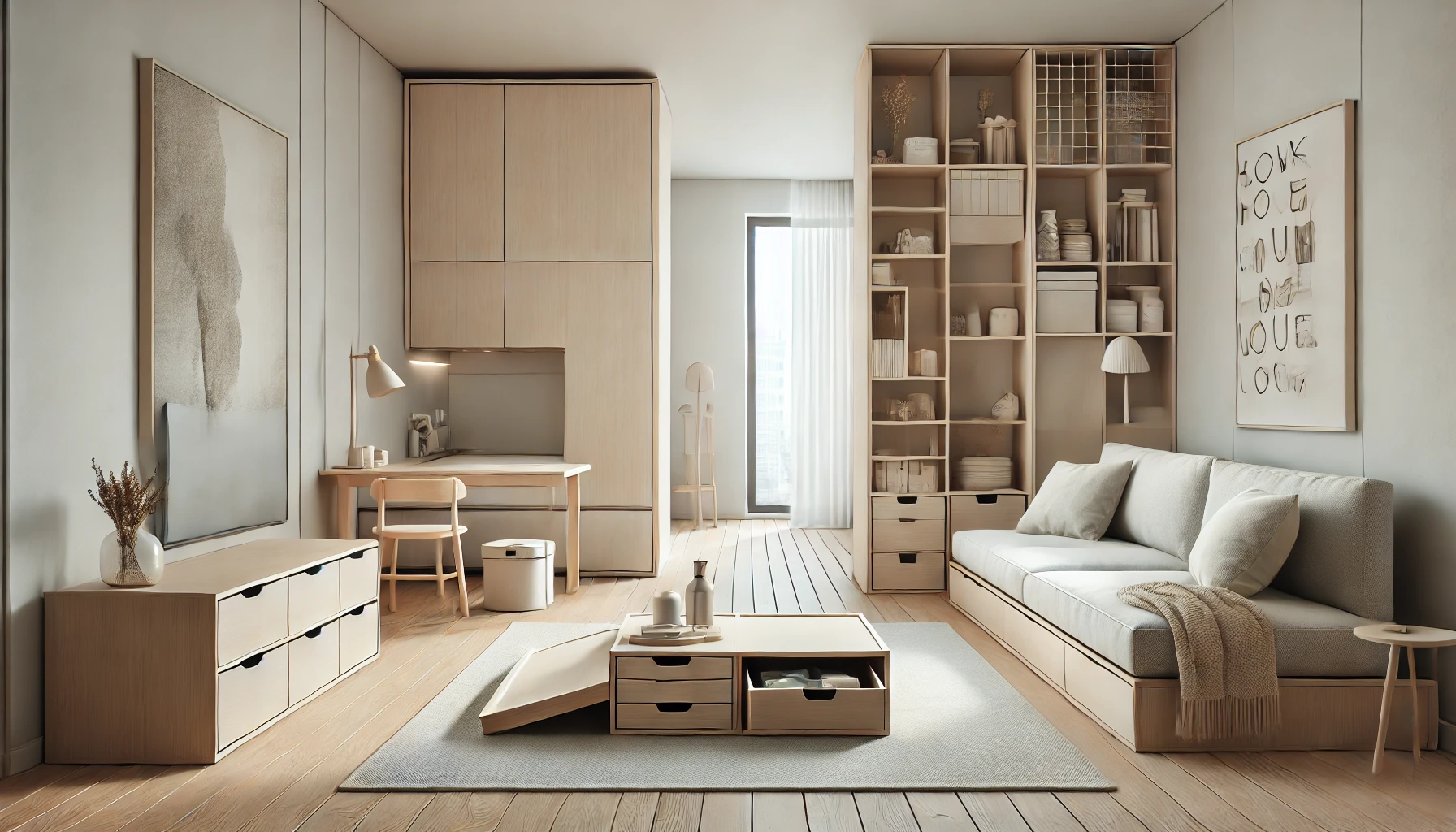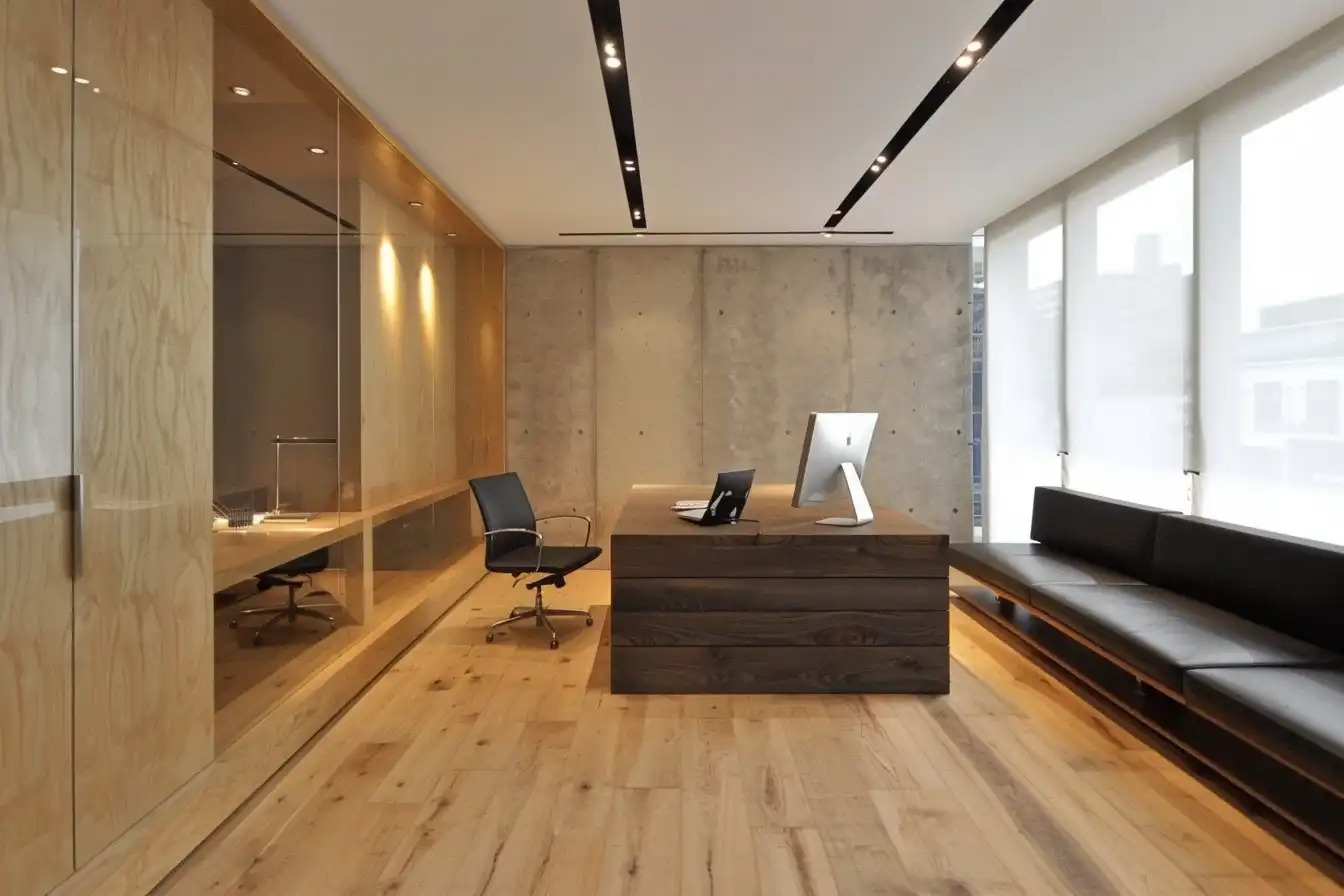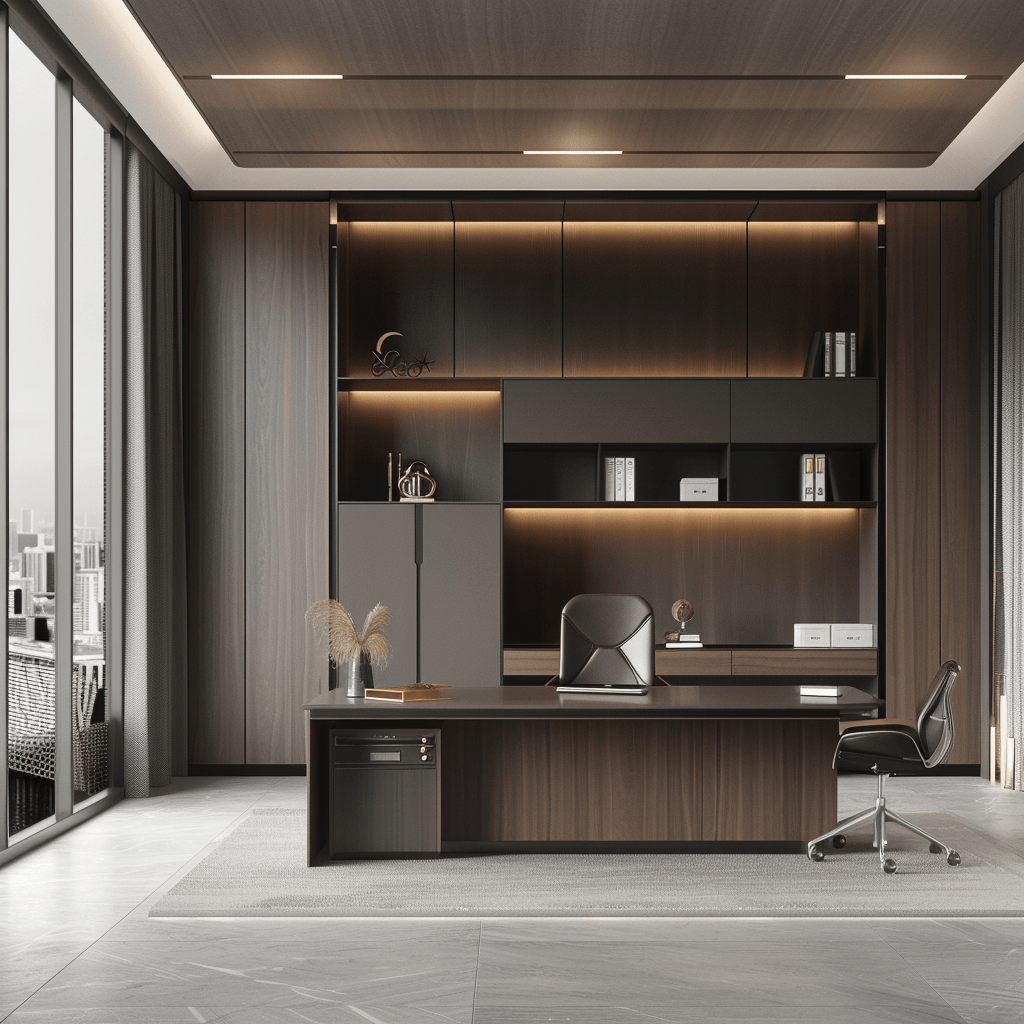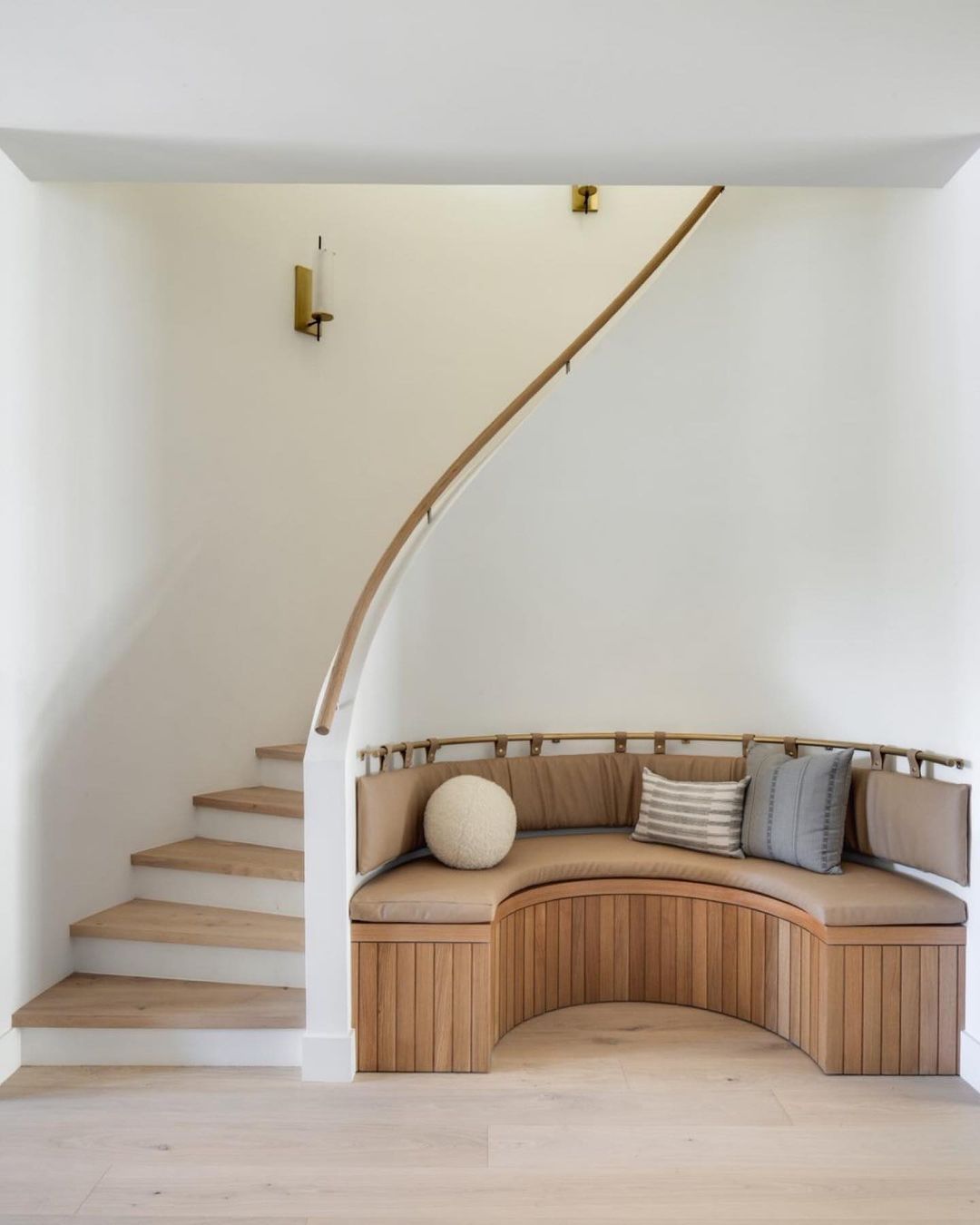Digital Minimalism: Integrating Technology and Interior Design for a More Organized Life

Understanding Digital Minimalism
In today’s fast-paced world, where digital distractions abound, the concept of digital minimalism has emerged as a beacon for those seeking clarity amidst chaos. More than a mere trend, it is a lifestyle choice advocating for a streamlined relationship with technology, enabling individuals to thrive in a saturated digital landscape.
Digital minimalism is not solely concerned with reducing screen time; rather, it emphasizes the need to integrate technology harmoniously within our living environments. By adopting a minimalist mindset, we can create spaces that are not only functional but also conducive to mental well-being. Here are some key aspects of this growing trend:
- Intentional Technology Use: This entails being selective about which devices and applications to engage with. Consider using tools that genuinely add value to your life, such as productivity apps or communication platforms that enhance connections with loved ones. For example, instead of mindlessly scrolling through social media feeds, you might choose to engage with educational resources or online courses that foster personal growth.
- Clutter-Free Environments: The design of our surroundings dramatically impacts our mental state. By intentionally creating clutter-free spaces, we cultivate environments that support focus and tranquility. This could involve decluttering your workspace, opting for fewer decorative items, or utilizing storage solutions like baskets and bins to keep items out of sight. Spaces filled with natural light and calming colors can also promote peace and clarity.
- Smart Design Principles: A focus on utilizing technology to enhance, rather than overwhelm, our personal spaces is essential. This includes investing in smart home devices that significantly improve efficiency without cluttering your living space. For instance, smart speakers can control lighting or temperature, adding convenience without complicating life.
By combining technology and interior design, individuals can pave the way for a balanced lifestyle. This integration not only promotes efficiency but also fosters a sense of well-being in an otherwise chaotic digital era.
As we delve deeper into this topic, we will explore practical ways to achieve this integration. Discover techniques such as curating your digital environment, optimizing your workspace for productivity, and utilizing minimalist design principles to cultivate a home that reflects your values. By embracing digital minimalism, you can simplify your digital and physical spaces, paving the way for a more organized and fulfilling life.
DISCOVER MORE: Click here to learn about minimalism’s impact on interior design</

Curating Your Digital Environment
In the realm of digital minimalism, the idea of curating your digital environment is a proactive approach to simplifying and organizing your online experiences. This selection process is particularly significant given the overwhelming amount of information and distractions available at our fingertips. As users, we often overlook the mental bandwidth consumed by unnecessary notifications and unimportant applications. Thus, the first step towards achieving a more organized life begins with selectively choosing digital tools that align with our personal and professional goals.
To effectively curate your digital environment, consider these essential practices:
- Assess Your Current Tools: Take the time to evaluate the apps and devices you currently utilize. Are they genuinely enhancing productivity, or are they mere distractions? A clear distinction between necessary and superfluous tools is vital. Often, individuals find they spend excessive time on apps that do little to contribute to their overall well-being.
- Consolidate Applications: Instead of juggling multiple platforms for various tasks, seek out versatile applications that can streamline processes. For example, using all-in-one productivity tools like Notion or Trello can help you manage projects, notes, and deadlines in one place, reducing the need for constant app-switching.
- Set Boundaries: Create intentional boundaries around your technology usage. Designate specific times during the day for checking emails or social media, and stick to them. These boundaries not only reduce distraction but also help in establishing a healthier relationship with your devices.
As you refine your digital landscape, also remember the role that interior design plays in supporting your technological choices. The physical space in which you interact with your devices can greatly affect your productivity and mental clarity. Thoughtfully designed interiors foster environments that are both aesthetically pleasing and functional, thereby enhancing the benefits of your curated digital tools.
Imagine transforming your home workspace into a sanctuary of productivity through effective use of minimalist design principles. Consider these strategies to make the most of your living space:
- Functional Furniture Selection: Invest in furniture that serves multiple purposes. A desk with built-in storage can eliminate clutter while keeping essential items within reach. Choose ergonomic chairs and desks that promote proper posture, further enhancing focus and efficiency.
- Incorporate Natural Elements: Elements like plants or natural light can significantly improve your mood and concentration. Design choices that bring nature indoors create a more serene atmosphere, counteracting the stress often associated with digital overload.
- Embrace Open Space: Decluttering your physical space mirrors the principles of digital minimalism. A clean and organized environment allows for better focus. Limit decorative items and visual distractions, opting for a few statement pieces that reflect your style without overwhelming the space.
By harmonizing your digital tools with your physical environment, you can create a cohesive space that supports clarity and purpose in your daily life. The ultimate goal of integrating technology and interior design through the lens of digital minimalism is not just aesthetics—it is about crafting environments that encourage efficiency and enhance well-being.
| Advantage | Description |
|---|---|
| Enhanced Focus | Less clutter in both physical and digital spaces leads to improved concentration and efficiency. |
| Streamlined Living | Minimalist design encourages functional furniture and technology integration, making spaces easier to navigate. |
| Time Efficiency | Automation through smart devices saves time on daily activities, enhancing overall productivity. |
| Sustainable Choices | Eco-friendly materials and energy-efficient technology promote a greener lifestyle. |
Integrating technology with interior design under the principles of digital minimalism not only creates a serene environment but also provides practical benefits that reverberate through our daily lives. Adopting this lifestyle can help individuals focus better in a world full of distractions. When one embraces a streamlined living environment, where everything serves a purpose, it not only increases the functionality of spaces but can enhance the serenity of home or workspace. Moreover, the utilization of automation technology allows individuals to manage their time more efficiently, fitting into the fast-paced lifestyle many lead today. Those who prioritize sustainable choices in their design and technology investments find peace not only in their organized spaces but also in their contributions to a healthier planet. As digital minimalism continues to influence the way we live and work, exploring these advantages can significantly impact one’s journey toward living a more intentional and organized life.
DISCOVER MORE: Click here to learn how simple living can boost your productivity and lessen stress
Embracing a Mindful Approach to Technology
As we delve deeper into digital minimalism, it becomes clear that a mindful approach to technology use is paramount in the quest for a more organized life. This perspective shifts the focus from merely reducing clutter to re-evaluating how technology integrates with our daily practices and values. By prioritizing mindfulness in our digital interactions, we can cultivate a meaningful relationship with our devices and the environments in which they reside.
Implementing a mindful technology strategy involves several foundational principles:
- Awareness of Usage Patterns: Begin by monitoring how and when you use technology. Are you mindlessly scrolling through social media during meals, or are your late-night emails interrupting precious sleep? Engaging with a tracking app can highlight troubling patterns and foster awareness that informs healthier habits.
- Intentional App Usage: Each app on your device should have a clear purpose and add value to your life. Consider deleting applications that don’t serve a specific function, thereby freeing up digital real estate and reducing the temptation to engage with unnecessary distractions. Tools like screen time management settings can help define usage limits for apps that tend to become time sinks.
- Digital Detox Retreats: Taking regular breaks from technology can rejuvenate your mental state and facilitate clarity. Whether it’s a weekend dedicated to unplugging or simply an evening spent offline, these detox periods can lead to renewed creativity and focus, enhancing your overall productivity.
Yet, the physical workspace you create in tandem with these mindful practices is equally important. A harmonized space that fosters focus can amplify the benefits of intentional technology use. Consider the following design principles as you strive for a more organized life:
Designing Spaces that Promote Clarity
Creating a workspace that reflects both minimalism and functionality can significantly impact productivity levels. Pay attention to the elements that populate your surroundings:
- Technology Integration: Ensure that your technology seamlessly fits within your interior design. Opt for hidden cable management solutions to avoid visual clutter while keeping your devices accessible. This creates a streamlined look that enhances focus and maintains a calming atmosphere.
- Personalized Ergonomics: High-quality, adjustable furniture can dramatically affect how you interact with technology. Choose desks and chairs that cater not only to aesthetic preferences but also to ergonomics. This investment in your well-being fosters an environment where productivity is prioritized and distractions are minimized.
- Unified Color Schemes: A cohesive color scheme throughout your workspace can significantly influence productivity. Research shows that specific colors can evoke moods and feelings—blues and greens can promote tranquility, while yellows can encourage creativity. Building an environment that reflects these principles can create an inspiring backdrop for creativity.
By embracing these mindful approaches to technology and thoughtfully designing your physical space, you are setting the stage for an organized, balanced life that reaps the rewards of digital minimalism. As you marry innovative technology solutions with intentional interior design, you create an environment that continuously supports your journey toward clarity, efficiency, and well-being.
DISCOVER MORE: Click here to learn about minimalism in interior design
Conclusion: A Pathway to Clarity and Balance
In conclusion, the integration of digital minimalism with interior design presents a unique opportunity to cultivate a more organized and focused life. By adopting a mindful approach to our technology usage, we can enhance our daily experiences while fostering an environment that prioritizes clarity and well-being. The journey begins with awareness—recognizing our interaction patterns with technology enables us to make intentional choices, ultimately leading to healthier habits.
Thoughtful interior design plays a critical role in this process, as the physical space around us directly influences our productivity and mental state. By implementing functional design elements—such as optimized cable management, ergonomic furniture, and cohesive color schemes—we create a sanctuary that mirrors our values and supports our objectives. These elements are not merely aesthetic; they serve to minimize distractions and enhance our focus.
In an age where technology is ubiquitous, embracing digital minimalism and integrating it into our living spaces encourages a lasting shift towards intentional living. It compels us to examine our relationship with devices and to create environments that are conducive to creativity, productivity, and tranquility. As you embark on this transformative journey, consider exploring further resources and communities within the digital minimalism movement that emphasize balance and clarity in both your virtual and physical pursuits. Through this exploration, you may discover new strategies and insights that enrich your organized life and ultimately lead to greater fulfillment.


